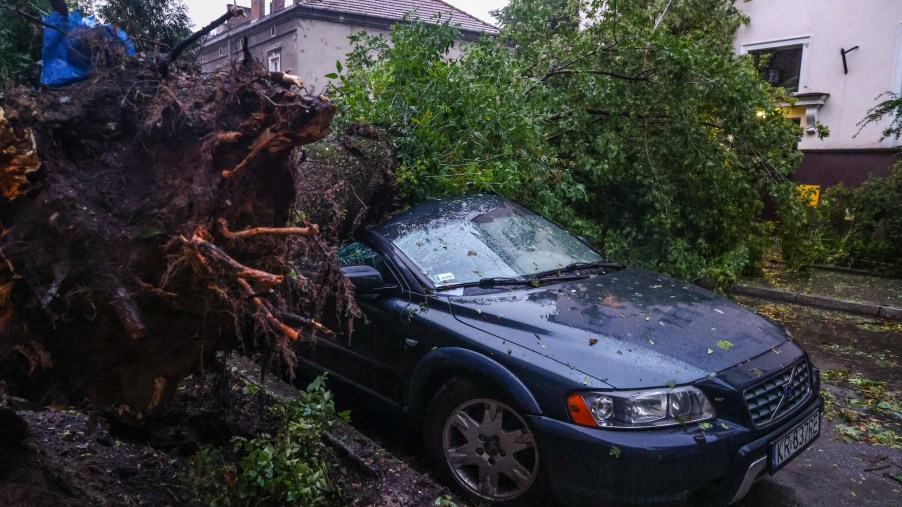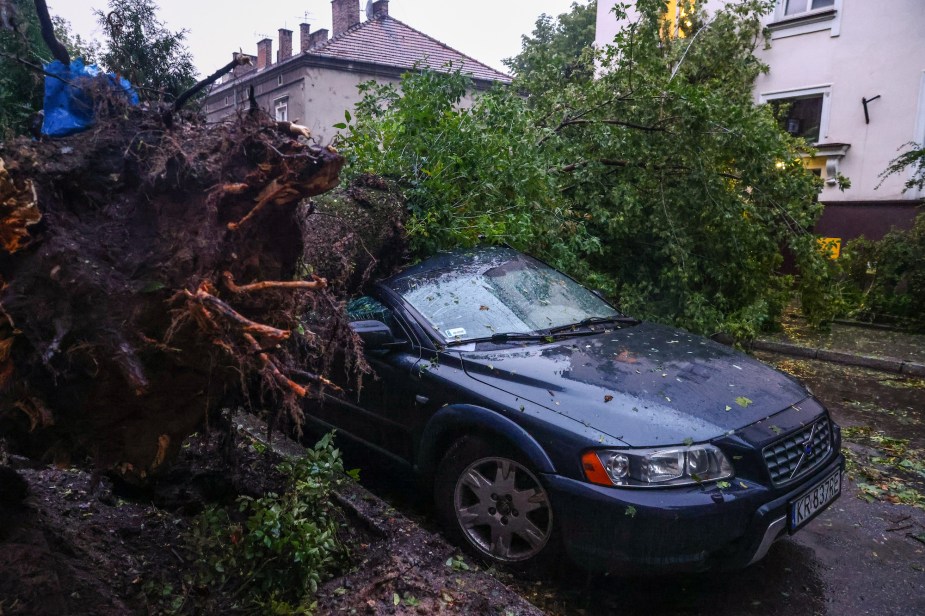
Don’t Forget to Take a Picture of These Things After an Accident
Although advanced driver assistance systems and other safety features are included in modern vehicles, car accidents are still common. Even if you’re careful, there’s still a chance you may be involved in one yourself. Depending on the accident and whether you’re injured, taking pictures of the scene could be a good idea. But what kind of pictures should you take, and what purpose do they serve?
What happens when you’re involved in an accident

Being in an accident can be incredibly difficult, with every case being unique. Often, in the moments following the incident, you may be disoriented and confused. There’s also an element of shock with you wondering what just happened. Other questions may include how much damage there is to your car and whether you or the other party was at fault.
You’ll need to get out of your car and examine the scene while you call the police. It’s also a good idea to take your insurance ID card with you as you exit the vehicle to exchange contact details and insurance information with the other party. Once you call the police, Erie Insurance recommends grabbing your phone to take some pictures as you wait.
This should prove helpful for your auto insurance claim and other purposes. Be sure not to compromise your safety during the act; you’ll want to do this before the vehicles are moved out of the road.
The types of pictures to take after an accident
As for the types of pictures to take, they include both wide-angle and close-up shots. The wide-angle images should capture the area surrounding the accident as much as possible. Try taking the photos from different angles so you can collect enough information about how the accident happened.
Details matter, so follow up by getting close-up shots of the damaged areas on the vehicles. Get pictures of the license plates as well. Like the wide-angle images, getting the photos from different angles should be helpful.
If there are any signs of the accident on the road surface, such as skid or scuff marks, you need to take pictures of them as well. This is in addition to images of any damage the accident may have caused on installations like utility poles, fences, or road signs.
Also, take a video if you still have time before the police arrive. Make sure to include information like traffic light intervals or traffic flow around the accident area.
How pictures can be helpful after an accident
Car insurance companies will typically look into the particulars of the accident before they provide you a check for your claim. These include the extent of damage to your vehicle and the cause of the accident, among other details.
Providing pictures potentially speeds up the claims process as the insurer can look into the images as evidence while verifying the facts of the case. With that, you’ll be compensated quickly and be back on the road sooner rather than later.
Pictures can also provide objective information as to what happened. As mentioned above, you may be disoriented and confused after the accident. Consequently, your memory of the incident may not be accurate as you think. The same should be true for the other party involved, and this typically leads to conflicting reports of how the accident happened.
Also, reports may differ due to the driver at fault not wanting to take responsibility. If this is the case, having pictures on hand can help settle liability disputes quickly and painlessly.
RELATED: 7 Questions You Should Ask Your Insurance Company Before Buying a New Car


